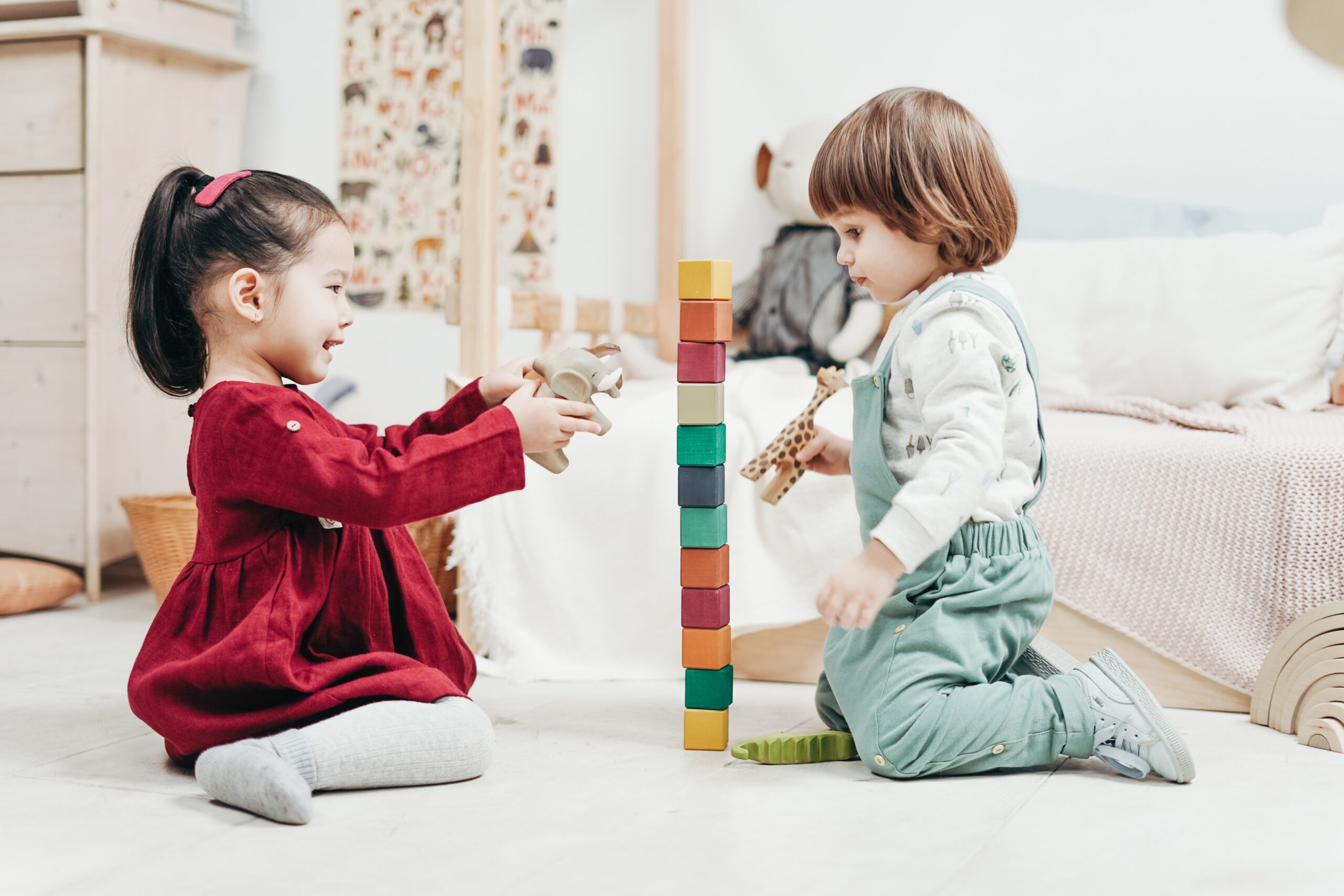Toys: at what point is it too much?
 Christmas is behind us. For most families, this means that a lot of new toys were under the Christmas tree and moved into the children’s room. Heart’s desires were fulfilled, there were also gifts from relatives… and very quickly you get the feeling that the children’s room is overloaded with toys. But are there really too many toys? And do toys do harm to children?
Christmas is behind us. For most families, this means that a lot of new toys were under the Christmas tree and moved into the children’s room. Heart’s desires were fulfilled, there were also gifts from relatives… and very quickly you get the feeling that the children’s room is overloaded with toys. But are there really too many toys? And do toys do harm to children?
Can a child have too many toys?
Yes, it is possible for a child to have too many toys. An excess of toys can lead to clutter and confusion, making it difficult for a child to focus on and engage with a particular toy. In addition, too many toys may prevent a child from fully exploring and learning about each toy, as he or she may not be able to devote enough time and attention to each toy.
Note: We may always keep in mind that children need little to no toys for good and healthy development. Nevertheless, toys are not a bad thing. They can support development if the selection is right and adapted to the stage of development.
Fewer toys promote creativity
According to a study published in Infant Behavior and Development magazine, children who have fewer toys available to them enjoy playing more. Two groups of children between 18 and 30 months were compared: once they had only four toys available, the second time 16. In fact, the children with fewer toys played longer and more intensively. In addition, they tried to use the toys in different play situations, which promotes creativity. The researchers came to the following conclusion: “This shows that when children have to make do with fewer toys, they play longer with one toy, which strengthens concentration and allows the child to play more creatively”
Souce: The influence of the number of toys in the environment on toddlers’ play – ScienceDirect
In general, it is recommended that a smaller selection of toys that are age appropriate and encourage free play and creativity is better than a larger number of toys that do not have as much educational value or play potential. However, the specific number of toys that are “good” may vary depending on the child’s age and interests, as well as the space available for storage and play.
Which toys are educational for which age?
At different ages there are different developments and interests. The toys can be chosen to match these:
- Up to 3 months: In the first months, no toys are needed. Discovering their own hands is play enough at that age.
- From 3 months: The baby begins to grasp. From this point on, a small rattle or an “O-ball” is suitable. You can also give small whisks or plastic spoons to “play” with.
- From 6 months: The “cause-effect principle” is explored and learned: If you drop the ball, it rolls away. Parents build a tower (e.g. with stacking cups), the baby knocks it over. First toys can be useful at that age, but are not a must.
- Approx. 1 year: Crawling, walking and climbing. The O-ball can still be played with very well (roll over, fetch back…). Fine motor skills can be trained with the stacking cups. And many models are also suitable for water games in the bathtub. Often a slide car is given as a gift for the 1st birthday – which also makes sense.
- 2 years: Children imitate everything they see in adults. A good time for a play kitchen or a store.
- Approx. 3 years: The children construct their own world. They develop their own games and their own worlds from everyday objects and also from toys. There are no limits to imagination here – the less predetermined the toys are, the more creative children can become. Simple building blocks, for example, are ideal.
- Approx. 4 years: The time of role play begins. In play, their own fantasy worlds are created. But also together with others: Because it is often during this time that the first friendships are made.
Approx. 5 years: You can start early with social games and games with rules. But from this age, the rules of the game are really understood and accepted.
Our Tips:
Clean out regularly: It makes sense to regularly review a child’s toys and part with those that are no longer played with or are not age-appropriate or educational. This can help declutter the playroom and allow the child to better focus on and engage with their toys.
Tips for doing this:
Involve your child when decluttering. We can’t know for sure which toys have great emotional value to our child. Cleaning out together means making joint decisions.
A good start for your child may be broken toys or incomplete games. It’s probably easier to part with those.
Explain what will happen to the toys: Will they be donated and other children continue to enjoy them? Will they be sold at a garage sale? Maybe the money ends up in your child’s savings account? Maybe some of the proceeds will go toward another heart’s desire?
Rotate: It can also be beneficial to rotate toys so the child has the opportunity to rediscover and play with toys they haven’t used in a while. This can help keep playtime fresh and prevent boredom.
We wish you much success!













